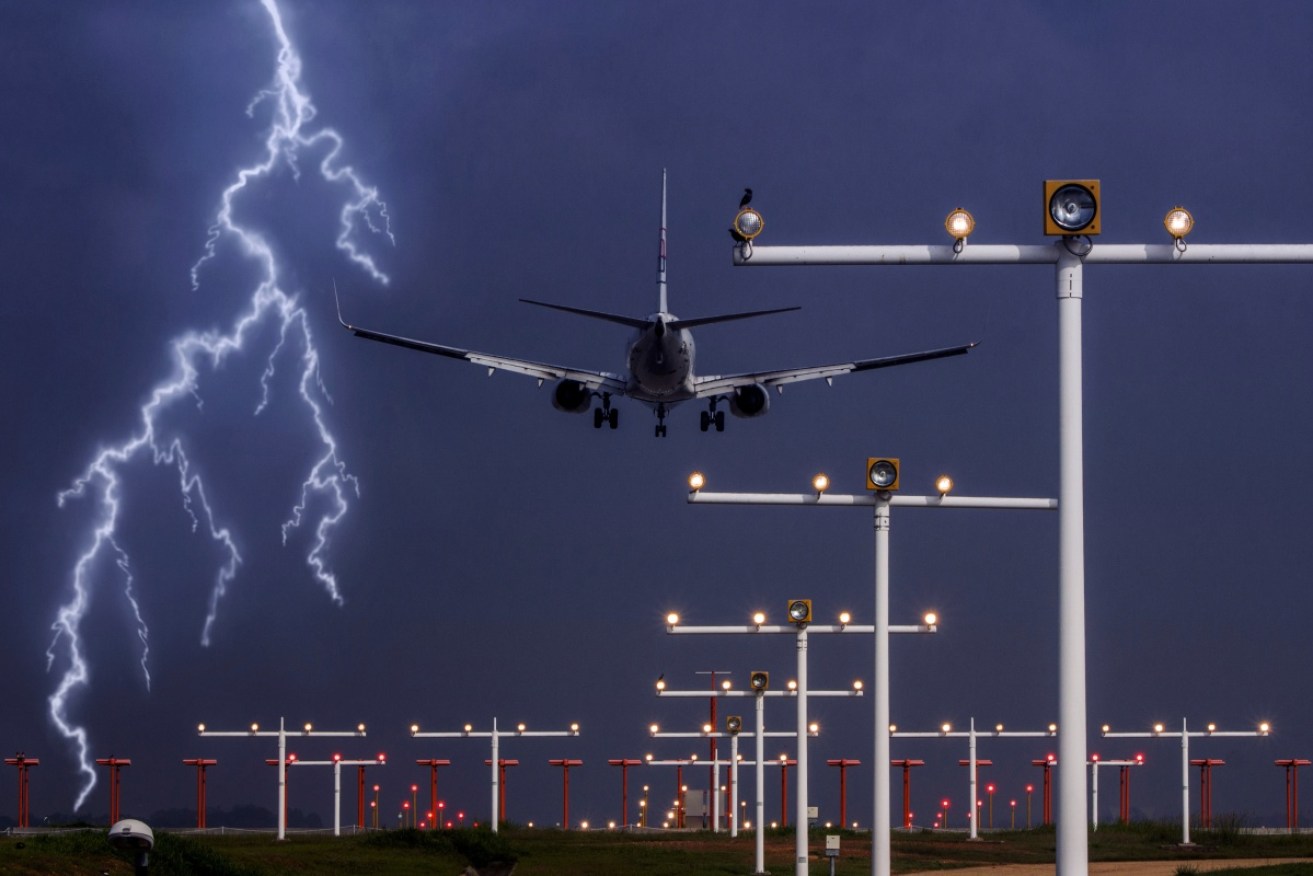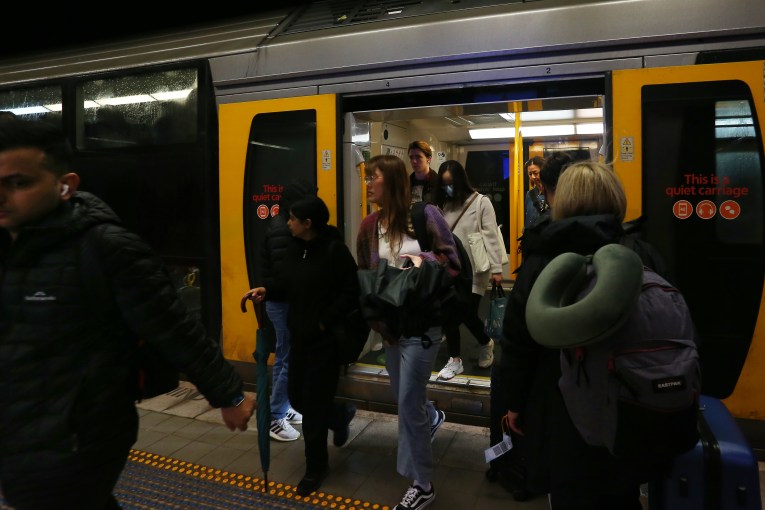Should we be afraid? Lightning strikes twice, hitting two Kiwi flights


Most aircrafts that are hit by lightning experience no problems. Photo: Getty
Passengers have been reassured they are in “no immediate danger” after two flights were struck by lightning in New Zealand, causing in-flight panic.
The Air New Zealand flights NZ621 from Auckland and NZ605 from Wellington were both en route to Queenstown on Sunday but diverted to Christchurch Airport after they were struck.
“There was a really loud bang. The whole plane shook and the skies outside the plane were brightly lit up,” passenger Ben Taylor told the NZ Herald.
“Afterwards, there was an acrid, burning smell for a few seconds.”
Both planes underwent “standard engineering checks” in Christchurch and passengers were “accommodated on alternative services and by road”, Air New Zealand said in a statement.
@FlyAirNZ I’m booked for Queenstown Thursday 9.30. After lightening strikes and weather I’m frightened. Not use to flying. Will the flight be rough?
— Robyn Aldrich (@TamurilMinyatur) May 22, 2018
If an airplane is hit with “too much of an electric charge”, the lightning is unable to escape from the aeroplane “in the areas where it’s meant to” and may cause a little hole to “burn in some external surface”, Marcus Diamond, Australian Federation of Air Pilots (AFAP) safety and technical officer, told The New Daily.
Planes are designed to receive a lightning strike and dissipate it.
Everyday, several planes around the world are hit by lightning, Mr Diamond said.
Often passengers may hear a bang, see what looks like flashing lights and even witness the lightning exit the aircraft.
But that’s about it. Planes are able to withstand lighting.
‘It’s going to be OK’
Older aircraft still in service are made from aluminium and can “naturally withstand lightning strikes” because they are protected by a so-called faraday cage – a shell that “prohibits electrostatic and electromagnetic influences”, Dr Mathew Bricalli from RMIT’s Department of Aerospace Engineering and Aviation said.
Newer aircraft made of carbon composites have a copper web embedded into the aircraft, he said.
“This gives the aircraft a faraday cage to protect it from lightning.
“So it’s always going to be OK.
“I don’t think anyone’s got anything to worry about.”
‘Only three incidents of serious damage’
Very rarely are aircraft “severely affected” by lightning, AFAP’s Mr Diamond said.
“Planes are not just dropping out of the sky”, he joked.
“Passengers are in no immediate danger.”
There have been only three incidents which have been investigated by the Australian Transport Safety Bureau (ATSB) between 1997 and 2017 in which lightning caused serious damage to the aircraft or harm to those inside.
On November 26, 2014, lightning struck Virgin Australia’s Airbus A330 while it was stationary, and the electrical discharge passed through the headset worn by a crew member, leaving the person unconscious.
“Another ground crew member … was also affected by electrical discharge from the lightning strike. That person remained conscious. Both ground crew were hospitalised for observation,” the ATSB reported.
‘Luckily he saw the lights’
In the extreme but rare instance, a plane could lose all its electric power from a lightning strike, Mr Diamond said.
“Years ago, this happened to a friend who was flying a turbo-prop around Canberra.
“He had to fly at night with visual aids only.
“He lost all his instrumentation inside and because it was night time and it was bad weather, he didn’t have much to fly by.
“Luckily he saw the lights of Canberra light up the horizon for him.”
Australian aircraft, affected by lightning, have historically been able to safely land, Mr Diamond said.








